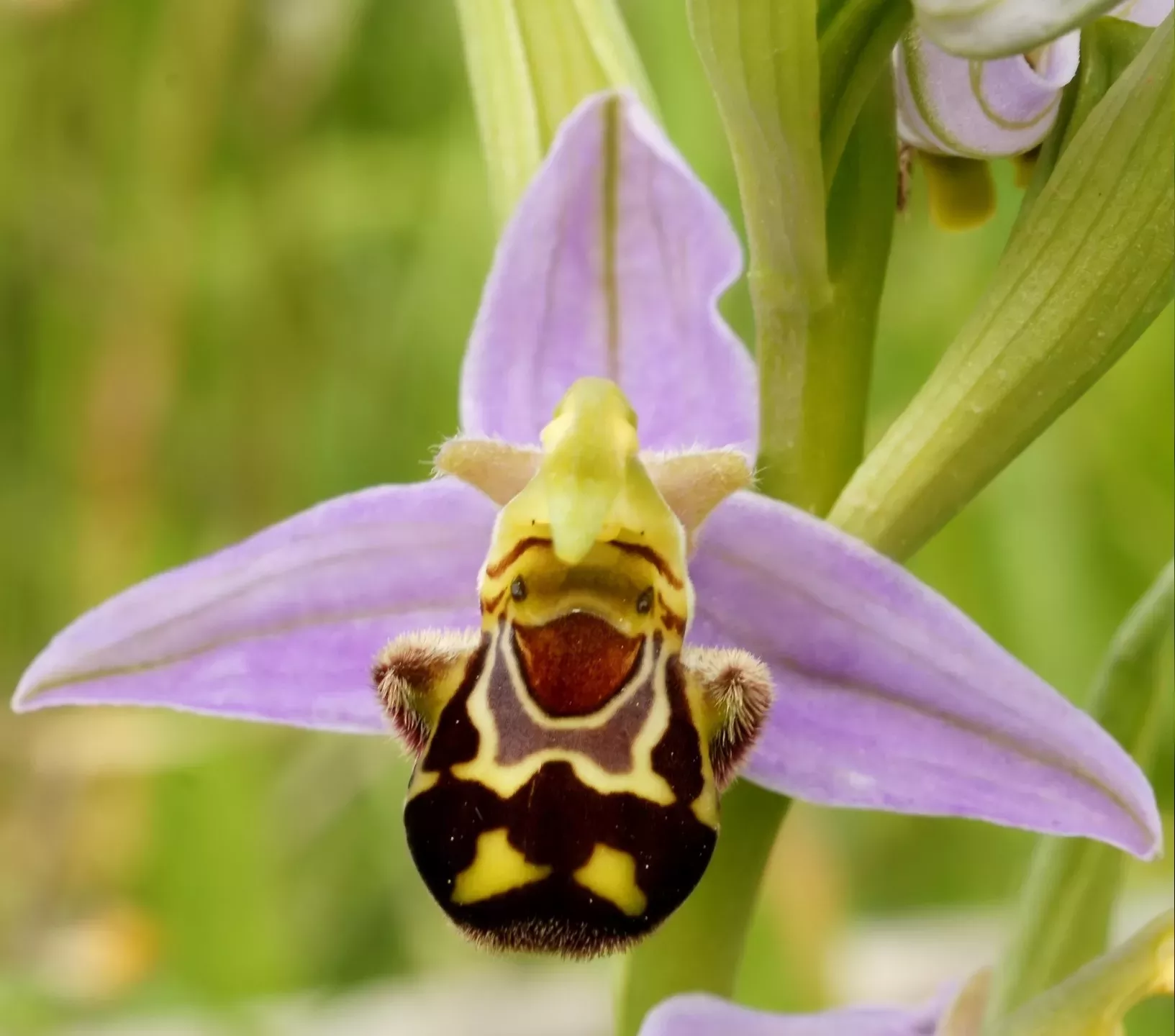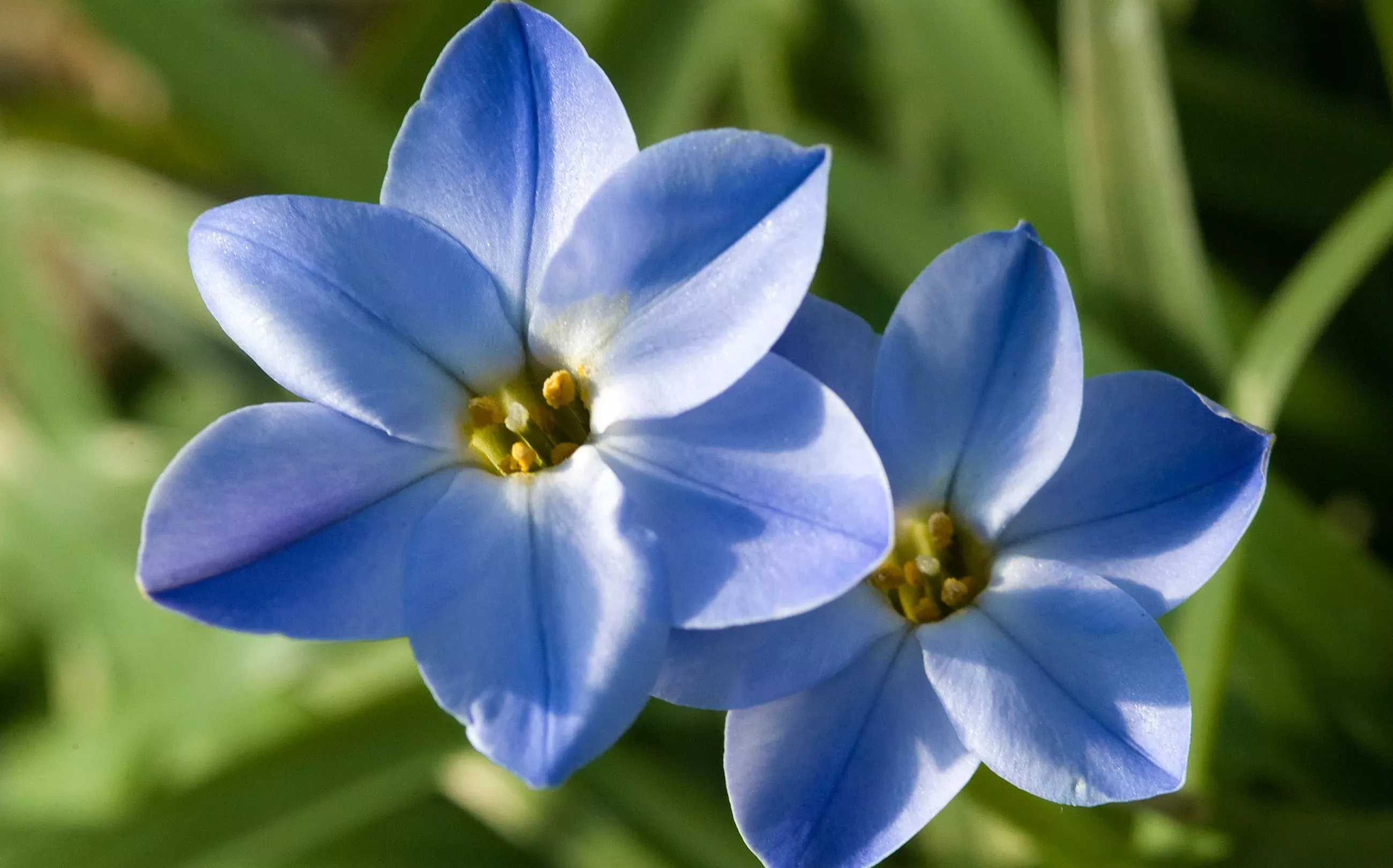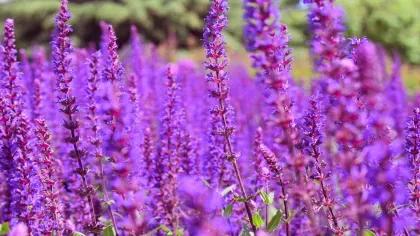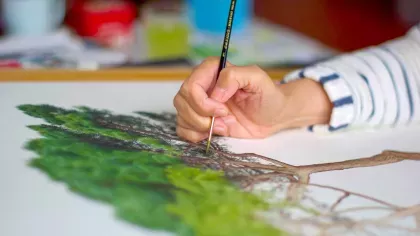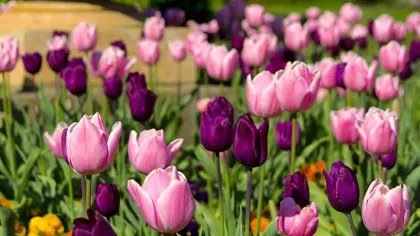15 April 2020
In Pictures: Kew’s cutest plants
From baby trees in our Arboretum Nursery to teeny-tiny waterlilies, our Gardens are home to some of the cutest plants in the world.

Let these adorable plants put a smile on your face.
Mini succulents
In our enchanting Rock Garden, many miniature alpine plants are growing on the rocky beds.
Charming little succulents from the Saxifraga and Sempervivum genera flourish on these rocks without needing soil.
Don't be fooled by their dainty and diminutive appearance. These plants are incredibly hardy and survive extreme conditions in the wild.
Have a go at growing your own succulents by making a terrarium at home.




Teeniest waterlily
Say hello to the pygmy Rwandan waterlily (Nymphaea thermarum).
This tiny plant is the smallest waterlily in the world, with pads measuring only 1cm in diameter.
Originally only found growing in one location, near hot springs in Rwanda, the miniature species is now sadly Extinct in the Wild, as defined by IUCN.
Nymphaea thermarum was saved from complete extinction in a conservation project by our horticulturists who worked out how to propagate the plant in 2009.
We now have over 50 of this species in our Living Collection.
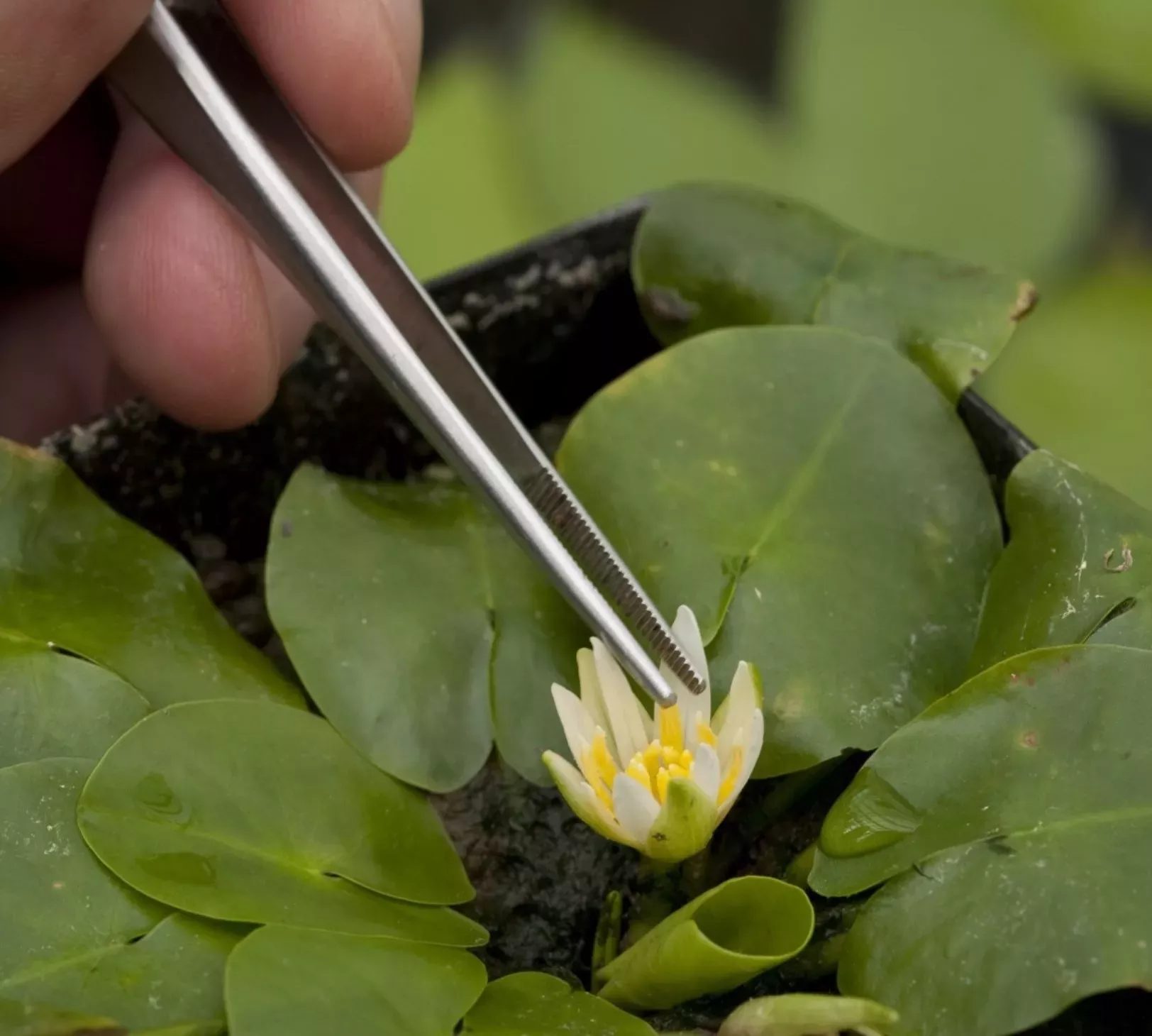
Baby trees
Inside our extraordinary Arboretum Nursery some of our 14,000 trees are born.
Our experts use innovative technology and techniques to propagate and nurture these plants before they can go outside to thrive in our vast Arboretum.
Watch the video below to see the variety of our cute young trees.
Beautiful bonsai
Bonsai is the Japanese art form of growing miniature trees in pots.
Through cultivation techniques, these adorable little plants resemble the shape and scale of full-sized trees in the wild.
We have nearly 60 bonsai trees here at Kew. Our smallest is just 10cm tall.

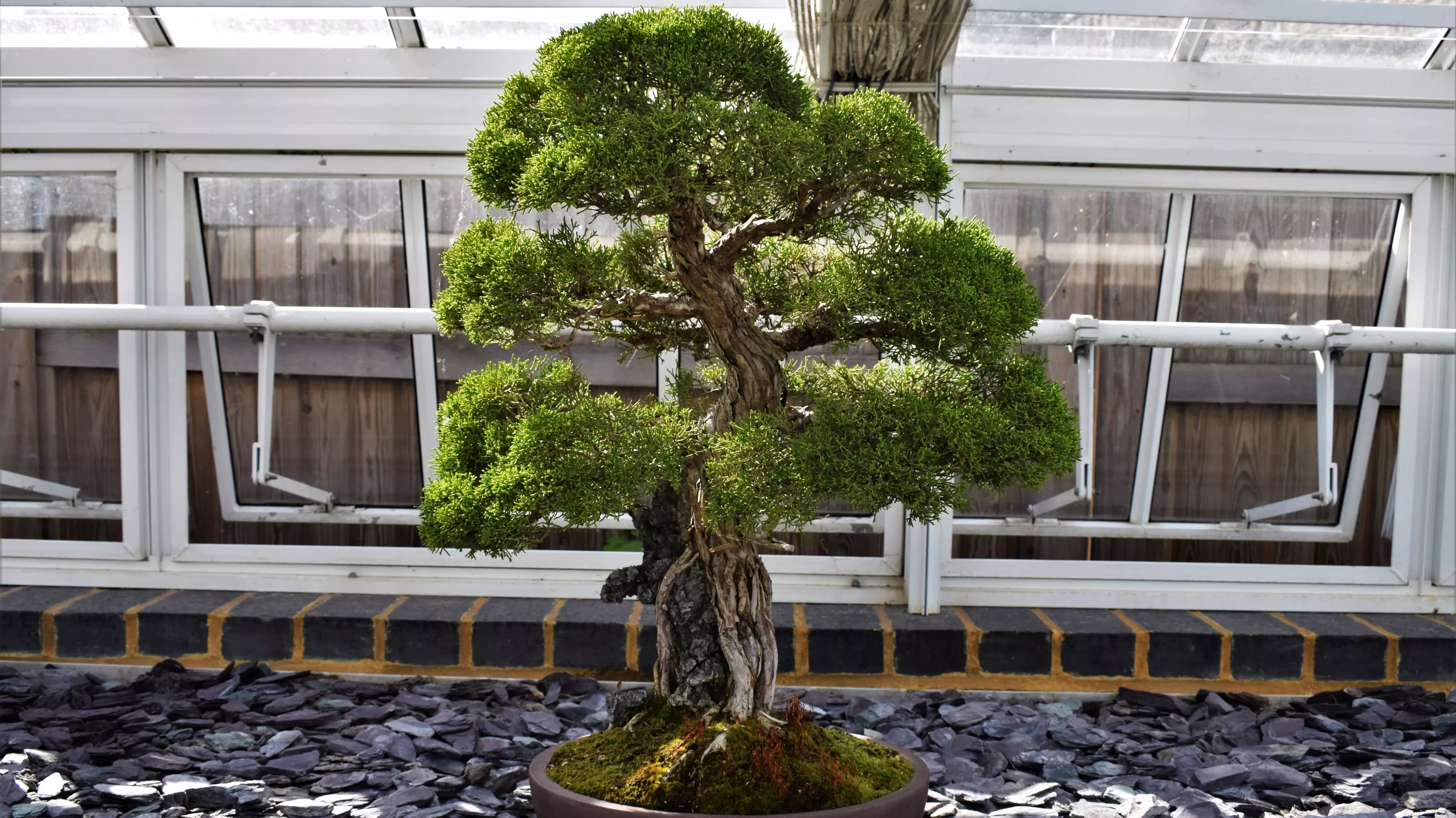

Bonsai in blossom
Perhaps one way to make bonsai even cuter is to add blossom.
Our stunning Hall crabapple tree (Malus halliana) bonsai blooms with fragrant pink flowers in spring, enhancing its beautiful appearance.
Seasonally found in our Bonsai House, this ornamental miniature tree is around 50 years old and native to China and Japan.
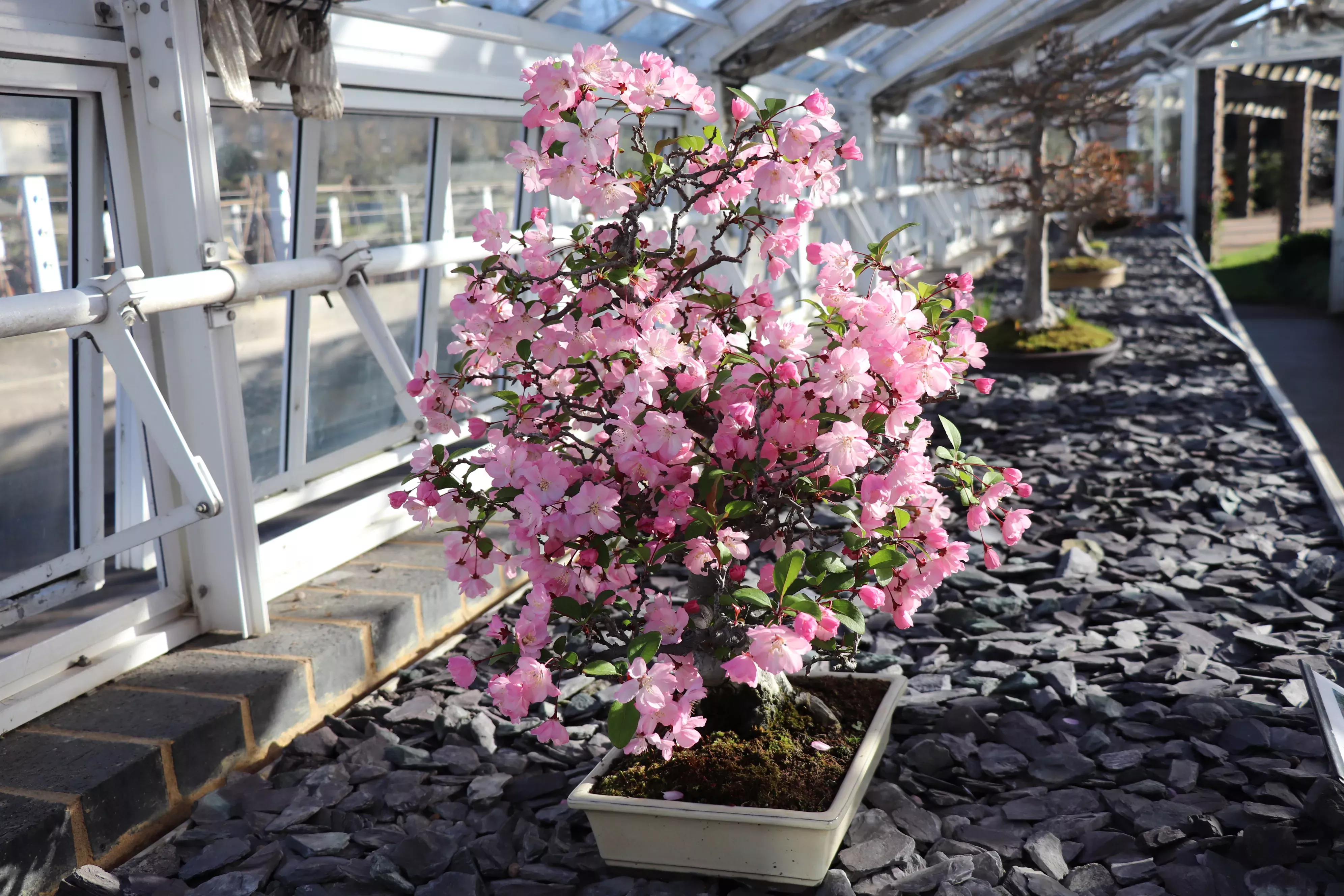
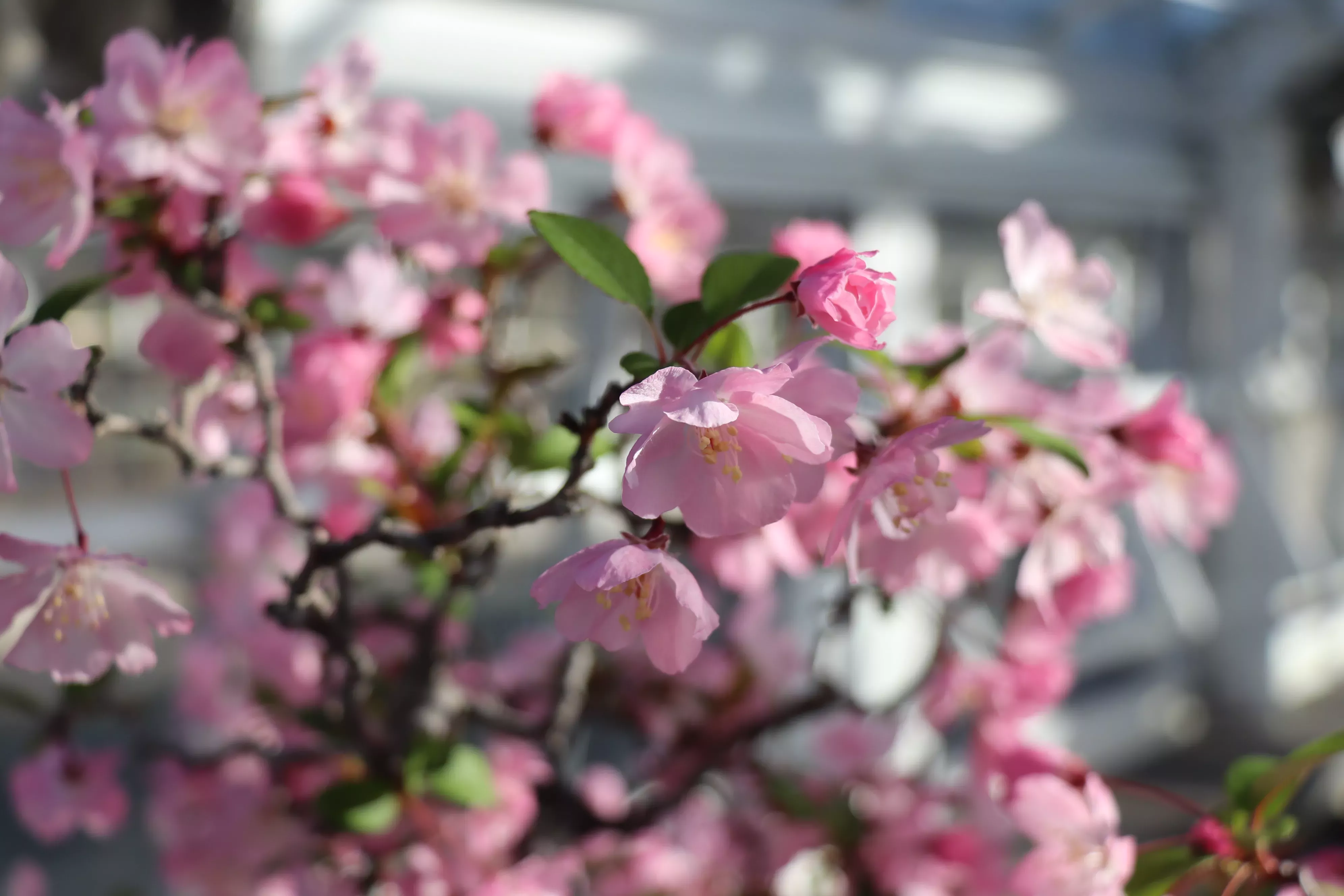

Little Lithops
Take a look at these living stones (Lithops). Succulents within this genus look so similar to genuine stones it's tricky to tell the real from the plants.
Their smooth surfaces and grey colouring help camouflage them among rocks.
We have an adorable collection in our Princess of Wales Conservatory.

Pretty parrot flower
Looking at the colourful flowers of the rare Impatiens psittacina, it's easy to see where this species' common name, 'parrot flower', comes from.
Though not currently growing at Kew, our partners have banked the seeds of 38 other Impatiens species to protect them for the future – but not this one yet.
Watch the video below to find out more about this cute and fascinating species.
Bashful beauty
Native to South America, Mimosa pudica has dainty flower heads that look like fluffy pink pom poms.
But that's not the main reason for its high cuteness factor.
The leaves of this shy plant are sensitive to contact and will close up when touched or shaken, which explains one of its colloquial names: 'sensitive plant'.

Nursery plants
Many a cute and miniature plant can be found growing in our Alpine Nursery.
This is where many of our Rock Garden species, that come from the alpine and rocky regions of the world, start their life.
Find out all about our Rock Garden and Alpine Nursery in the film below.



We'll leave you with this cute picture of a bee orchid (Ophrys apifera).
It's hard not to be cheered by its flowers that look like a smiling little buzzing bee.
Have you spotted any cute plants in your garden or on local walks while you're social distancing? We'd love to see them, so why not share your pictures with us on our Facebook, Twitter or Instagram?
